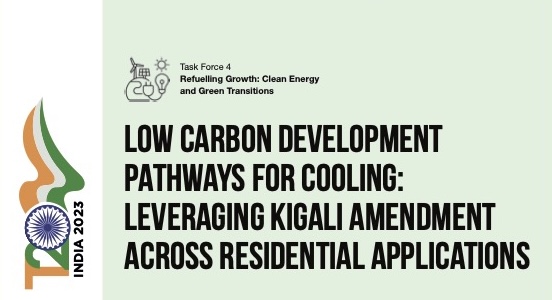Lessons from the Stratospheric Ozone Layer Protection for Climate
Ozone protection was the result of professional confidence and sacrifice; brilliant interdisciplinary science and the good fortune of an ozone hole with no explanation other than manufactured fluorocarbons; and industry and government leadership inspired by the realization that life on earth was in jeopardy. In response to the 1974 warning by Dr. Mario Molina and Dr. F. Sherwood Rowland that chlorofluorocarbons (CFCs) were destroying the stratospheric ozone layer, almost 100 ozone-depleting substances (ODSs) have been phased out under the auspices of the Montreal Protocol on Substances that Deplete the Ozone Layer (Montreal Protocol). This paper describes how the United Nations, national governments, citizens, and companies came together pragmatically for the public good. It describes seminal events where individuals and organizational leaders set the stage, came to agreement, and implemented the technology that protects stratospheric ozone and climate. These individuals, who became “Ozone Champions,” often acted alone and with great courage when they were sideways and crossways to the organizations where they were employed. This paper also describes how practical lessons from the successful Montreal Protocol can guide our global society and how stakeholders can positively influence each other to achieve comprehensive atmospheric protection—including halting climate change. The final section considers how the approaches of the Montreal Protocol can dismiss skepticism and embrace technical optimism in implementing cleaner coal and carbon sequestration, even as society aggressively pursues low-carbon renewable energy, energy efficiency, and a transition to sustainable lifestyles.







